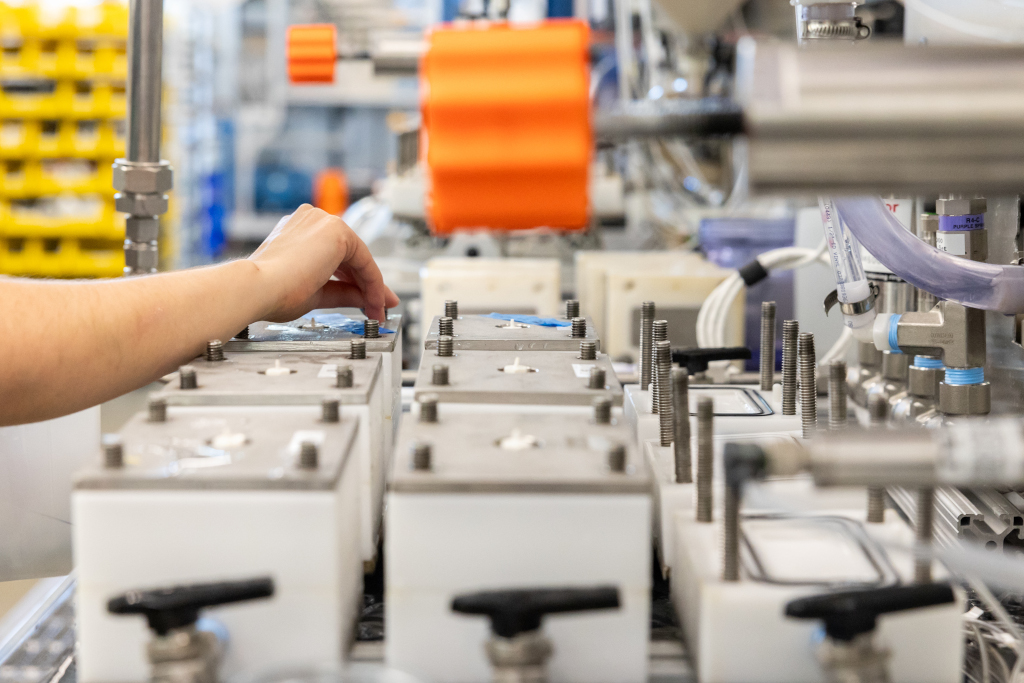In order to get support development of clean H2 technologies and help achieve 2050 net-zero goals on a global scale, the field urgently needs coordinated research, facilitated access to resources, data and knowledge sharing, advanced tools for automated data acquisition, processing and correlations, and effective training opportunities. We therefore propose to accelerate our efforts by formalizing a coalition of existing smaller networks and individual connections into a more convergent, coordinated, and collaborative global network through this NoN. While the US is a leader in H2 research (e.g. through FC-PAD [11]), labs across the globe can offer expertise that will be invaluable to bridging our knowledge gaps.

We would be unable to achieve necessary results in a timely manner without international collaboration. REACH2 network will enable us to leapfrog and converge knowledge advances by sharing and correlating immense amounts of existing (related, yet disparate) data and help us to uncover new transformative interpretations. Within this network scientists will be able to share and leverage information and knowledge across labs, pull from a much wider pool of samples and data focused on similar problems, and converge science to help meet net-zero goals.
This collaboration will reduce redundancy in research, enable shared expertise, provide access to equipment across labs in the network, and facilitate training and professional development, and enable an exchange of scientists, early career researchers and students. It will also accelerate globally shared training for the development of a new generation of experts. We will start by establishing strong connections between several current networks active in the H2 field (see Section 2), that the PI and her collaborators are currently involved with, and then expand the membership further. Individually these networks have produced valuable R&D results that have highly impacted the H2 field. Within them, scientists are putting aside competitive considerations in favor of collaboration, and have demonstrated success in the collaboration and sharing of knowledge, resulting in knowledge advances, accelerated discoveries, and published findings. However, we anticipate that REACH2 will supersede the individual network accomplishments due to the scale and resources that this NoN will contribute toward tackling known issues.
We believe a formal network will allow us to cross-train, share and expand this type of experience and knowledge. It will enable access to a huge amount of data, samples, facilities, expertise, knowledge and students. Finally, it will also enable us to leverage our funding sources and make the network and its members more competitive for a much larger pool of (international) research funding. Our vision for the REACH2 NoN is to become a formal wide global network of researchers in H2 technologies for the decades to come.